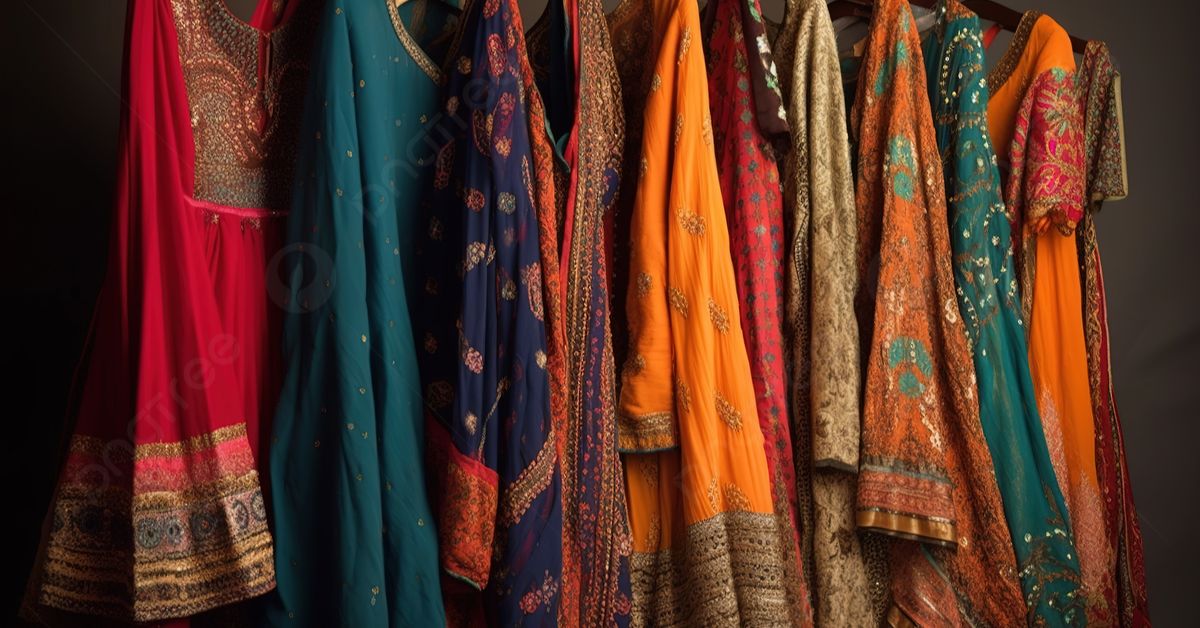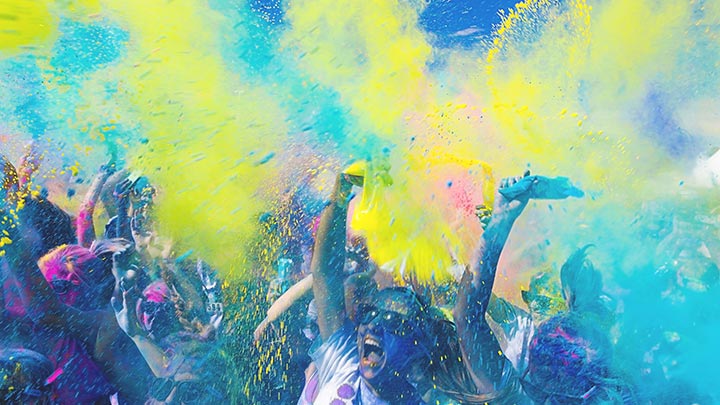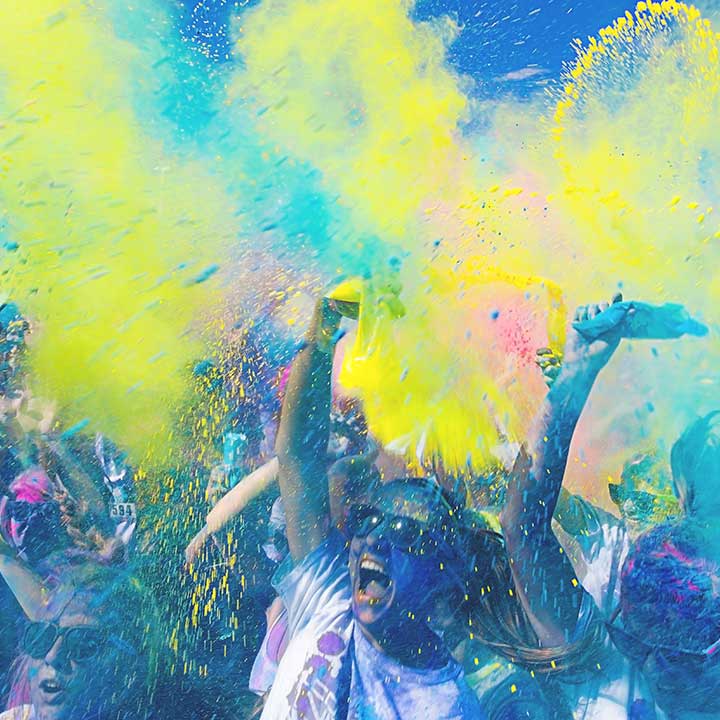General
Pakistani Clothing Trends: What’s New and What’s Classic
by Author
-
Wednesday, November 15, 2023
147 Views
Pakistani fashion is a tapestry of traditions, cultures, and modern influences, creating a rich and diverse clothing landscape. From the vibrant colors and intricate embroidery of classic attire to the dynamic and contemporary designs, Pakistani Anaya clothing trends have evolved significantly over the years. Here, let’s see the fusion of old and new in Pakistani fashion, highlighting the timeless classics and the latest trends that continue to shape the industry.
The Timeless Classics
Shalwar Kameez: The Evergreen Ensemble
The shalwar kameez is a quintessential Pakistani outfit that never goes out of style. It consists of a long tunic, known as the kameez, paired with loose-fitting trousers called shalwar, and often a matching dupatta (scarf). While the basic structure of the shalwar kameez remains consistent, it has undergone numerous variations, from traditional to contemporary, reflecting the country’s rich cultural diversity.
The classic shalwar kameez features intricate hand embroidery and vibrant color combinations, resulting in its popularity as a choice for important events like festivals and weddings. This traditional attire continues to be the go-to outfit for Pakistani women and is a symbol of their cultural identity.
Lehenga Choli: A Bridal Marvel
For brides in Pakistan, the lehenga choli is the ultimate classic. This three-piece ensemble includes a cropped blouse (choli), a flared skirt (lehenga), and a flowing, embroidered dupatta. The bridal lehenga choli is a masterpiece of craftsmanship, often embellished with zardozi, gota, and intricate beadwork.
Though the traditional red lehenga remains popular, modern brides are embracing a broader color palette, experimenting with pastels, jewel tones, and even metallic shades. The timeless appeal of this outfit, combined with evolving design elements, ensures that the lehenga choli remains a bridal favorite.
Sherwani: The Regal Choice for Men
Pakistani men have their classic attire in the form of the sherwani. This regal garment exudes elegance and charm, making it the perfect choice for groom wear. The sherwani features a long coat-style tunic, often worn over a kurta and churidar, and is typically adorned with intricate embroidery or embellishments.
Classic sherwanis are characterized by rich, dark colors and opulent materials like silk and brocade. Despite the emergence of modern suits and tuxedos, the sherwani remains a symbol of traditional masculinity and is an irreplaceable part of Pakistani weddings and special occasions.
The Contemporary Trends
Fusion Fashion: Bridging Tradition and Modernity
One of the most prominent trends in Pakistani clothing is the fusion of traditional elements with contemporary designs. Designers are experimenting with unconventional silhouettes, mixing and matching different styles to create unique ensembles. For example, combining a western-style blazer with a traditional shalwar or adding a modern twist to a classic anarkali dress.
Fusion fashion appeals to a younger generation looking to connect with their heritage while embracing modern aesthetics. This trend has led to a renaissance in the Pakistani fashion scene, bringing fresh energy to the industry.
Digital Printing: A Technicolor Revolution
Digital printing has revolutionized Pakistani clothing by enabling intricate and vibrant designs that were previously challenging to achieve. This technology allows designers to create detailed patterns, intricate motifs, and beautiful landscapes on fabric, providing a fresh canvas for creativity. If you look at Reeha clothing USA you’ll not just get an amazing collection of digital prints but there’s much more than this.
Whether it’s digitally printed silk sarees or intricate motifs on lawn fabric, digital printing is pushing the boundaries of Pakistani fashion. This trend has made it easier for consumers to access unique and visually striking designs.
Minimalism with a Twist: Less Is More
While traditional Pakistani attire is known for its opulence, a growing trend in recent years is minimalism with a twist. Clean lines, solid colors, and understated elegance are being embraced by both designers and consumers. Minimalistic silhouettes with subtle embellishments offer a refreshing departure from the ornate designs of the past.
This trend allows for versatility, making minimalist outfits suitable for both casual and formal occasions. It’s all about making a statement with simplicity and letting the wearer’s personality shine through.
Sustainable Fashion: The Ethical Shift
Sustainability is a global movement, and the fashion industry in Pakistan is no exception. Many designers are incorporating eco-friendly practices into their work, from using organic fabrics to reducing waste and water consumption during the production process. Sustainable fashion is gaining traction, appealing to conscious consumers who want to make ethical choices.
Sustainable fashion in Pakistan is not just a trend; it’s a commitment to preserving the environment and supporting local artisans.
Final Words
Pakistani clothing trends are a beautiful blend of timeless classics and evolving modern styles. The enduring allure of shalwar kameez, lehenga choli, and sherwani continues to capture the essence of Pakistani culture, while contemporary trends like fusion fashion, digital printing, minimalism, and sustainability add layers of creativity and relevance to the industry.
Pakistan is still celebrating its rich history and adjusting to the ever-evolving fashion scene, the globe is anticipating a dynamic and multicultural range of clothing that encapsulates the essence of this South Asian nation. Pakistani clothing is not just about garments; it’s a canvas that tells stories, reflects traditions, and embraces innovation. The future of Pakistani fashion promises to be an exciting journey of cultural fusion and timeless elegance.





